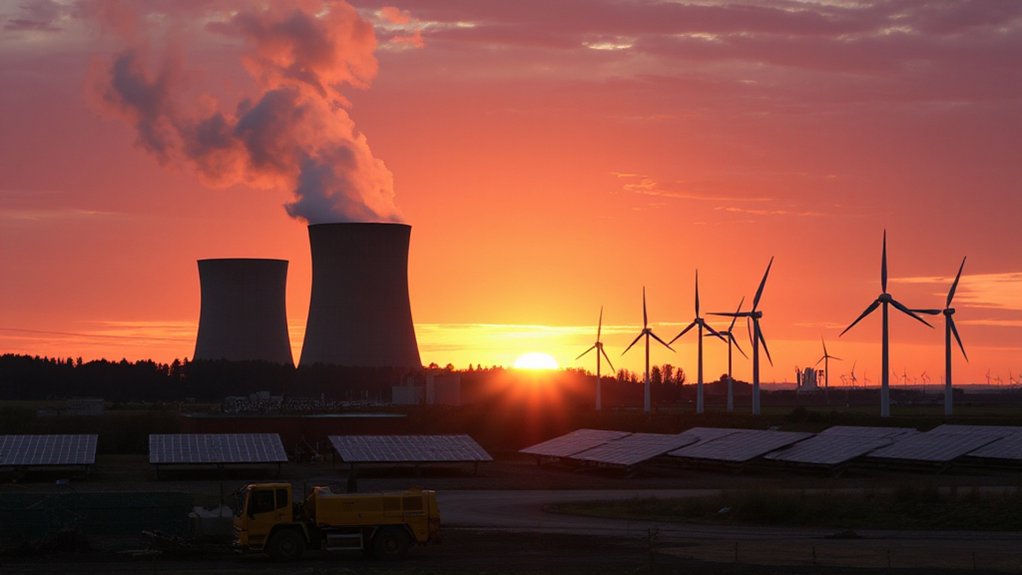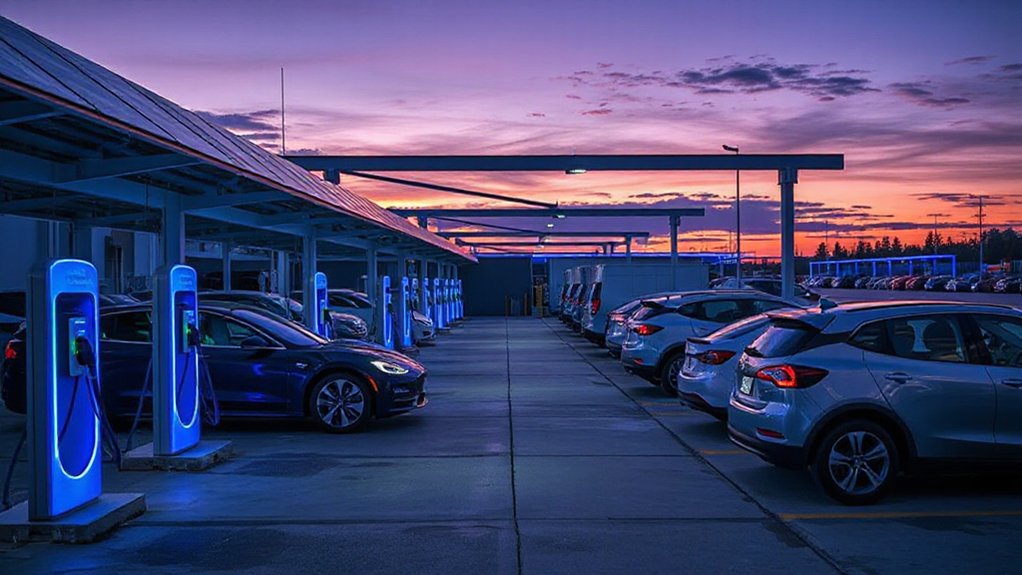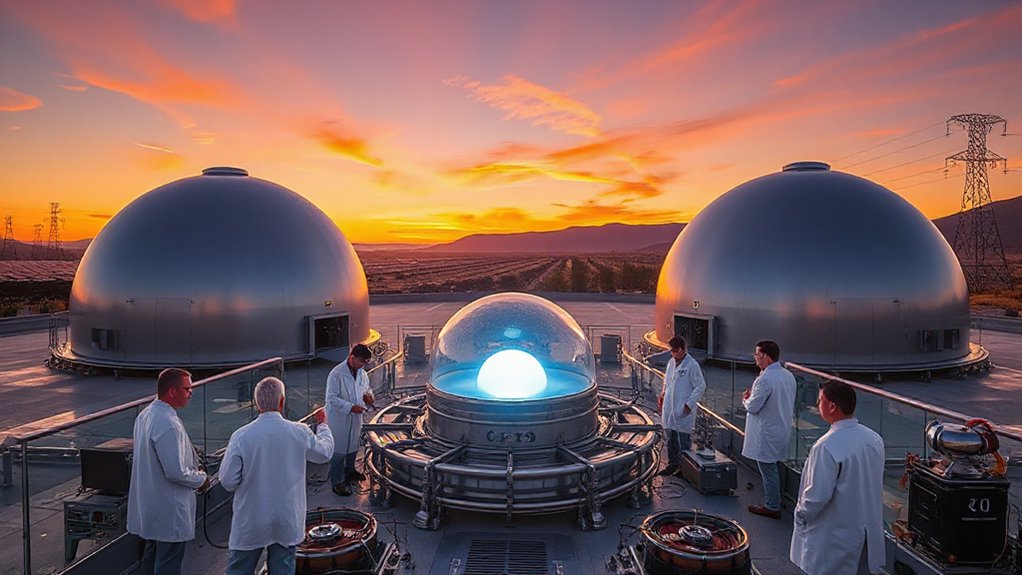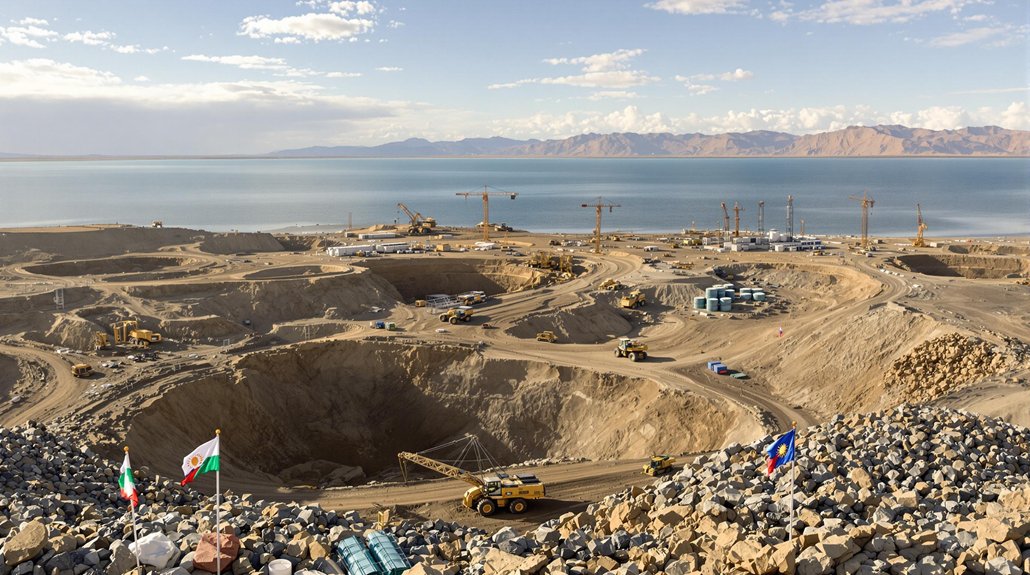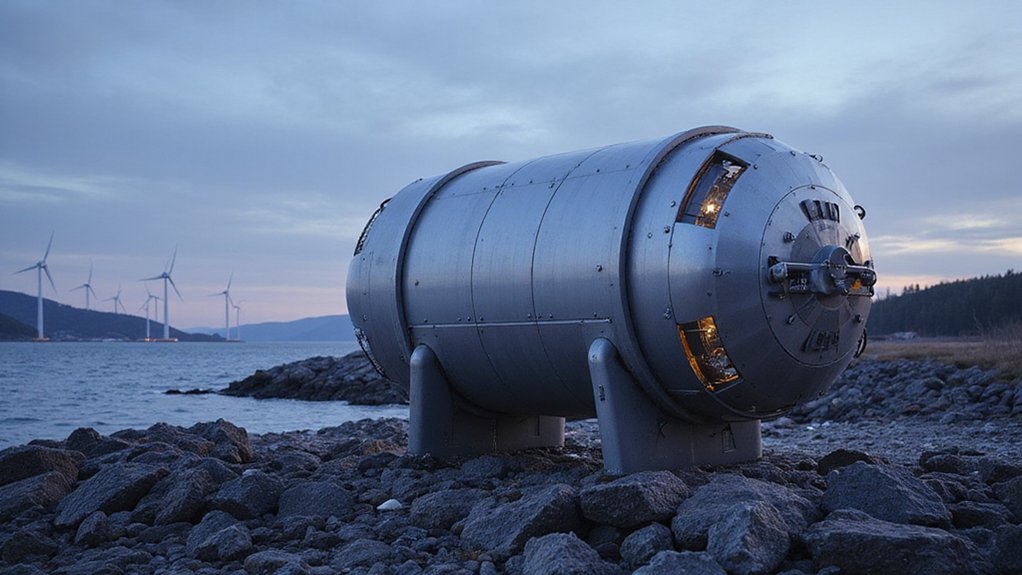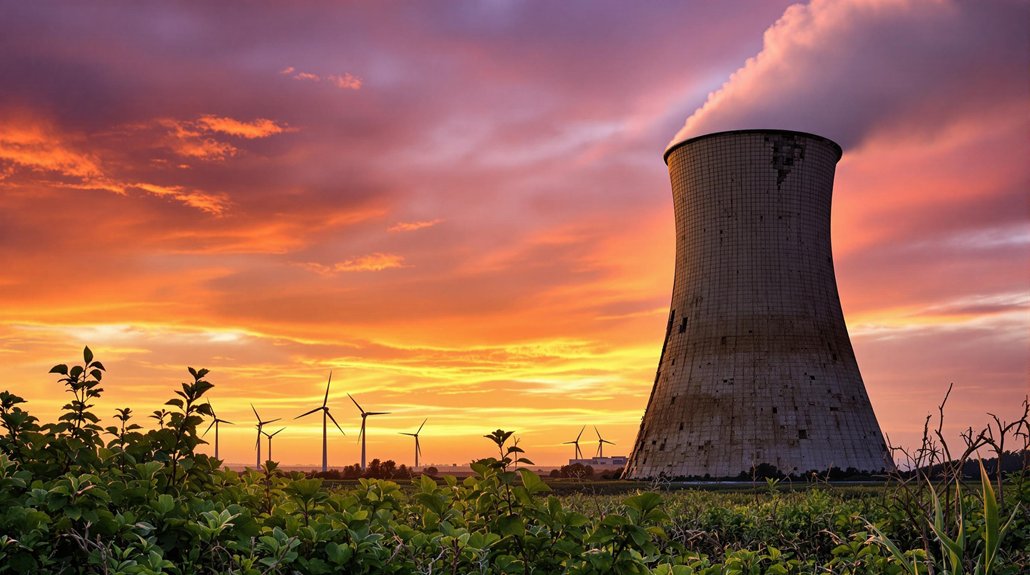The European Union‘s bold climate goals hang in the balance as new assessments reveal troubling gaps between targets and reality. Despite legally binding commitments to achieve net-zero greenhouse gas emissions by 2050, recent reviews of National Energy and Climate Plans show significant implementation shortfalls across member states.
The EU has set ambitious targets: 55% emissions reduction by 2030, 90% by 2040, and climate neutrality by 2050. However, current projections suggest the bloc is on track for only a 54% reduction by 2030, falling short of its own target. The Climate Action Tracker paints an even more concerning picture, estimating actual cuts may range between just 43-49%.
Despite lofty climate pledges, the EU faces a stark reality gap—projected to achieve just 43-49% emissions cuts when 55% is required.
The ‘Fit for 55’ policy package aims to align climate legislation with these goals. It includes measures for clean energy, efficiency standards, and carbon pricing. The REPowerEU plan also supports renewable energy expansion, with a binding target of 42.5% renewable energy by 2030. Yet success depends entirely on proper implementation.
Public support for climate action remains strong. About 85% of Europeans see climate change as a serious problem, and 81% back the 2050 climate neutrality goal. This widespread support provides political capital for ambitious policies, but economic and geopolitical uncertainties complicate progress.
The proposed 2040 target of 90% emissions reduction reflects the EU’s attempt to provide predictability for investors and industry while responding to changing economic and security environments. Regular assessments are conducted to incorporate latest scientific evidence into progress evaluations. The energy sector has shown positive movement with renewables achieving a record 44% share in the EU’s electricity mix in 2023. However, sectoral challenges persist in transport, buildings, agriculture, and small industry. The land use sector also shows a significant shortfall in projected carbon removals.
Nuclear power’s declining influence further complicates the transition, with Europe’s nuclear share dropping from 35% in the 1990s to 25% today and projected to fall below 15% within a decade.
For the EU to bridge the gap between ambition and implementation, stronger policy execution is essential. The European Commission, Parliament, and Council must work together through ordinary legislative processes to strengthen measures and guarantee compliance from all member states.
Without immediate corrective action, the EU risks failing to meet its internationally acclaimed climate commitments.
References
- https://climate.ec.europa.eu/eu-action/european-climate-law_en
- https://www.cleanenergywire.org/factsheets/clew-guide-how-european-union-trying-legislate-path-net-zero
- https://commission.europa.eu/news-and-media/news/eu-climate-law-new-way-reach-2040-targets-2025-07-02_en
- https://climateactiontracker.org/countries/eu/
- https://carboncredits.com/eu-targets-54-emissions-reduction-by-2030-eu-climate-goal/
